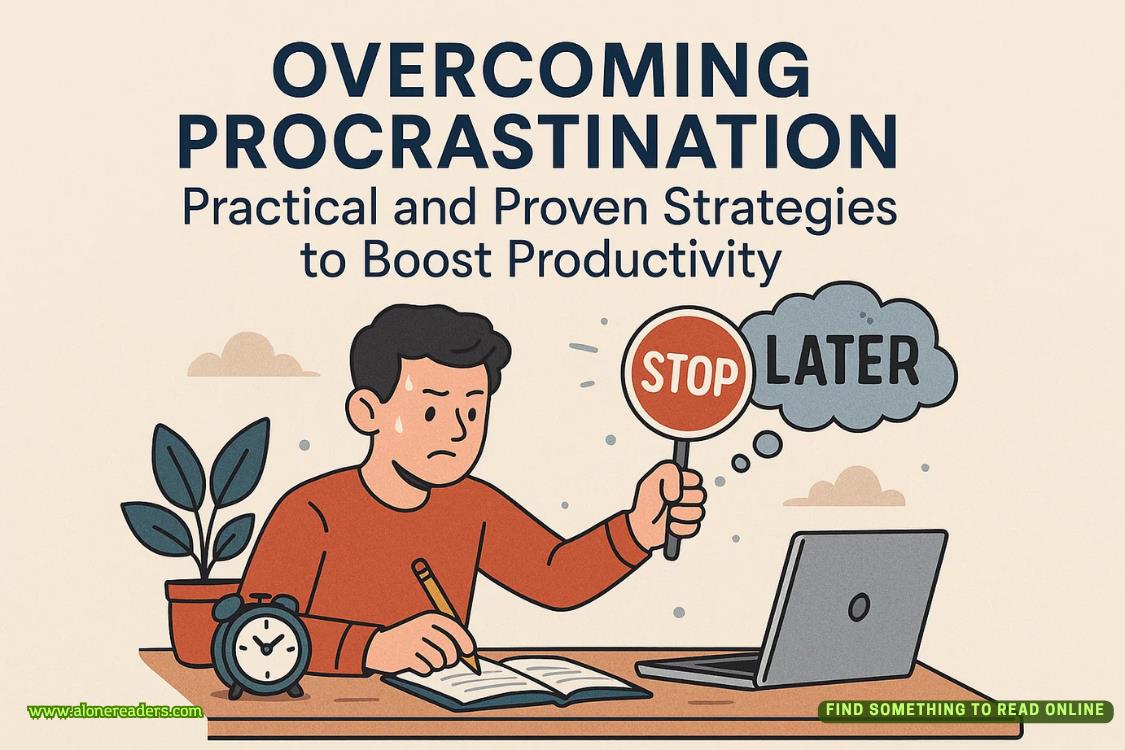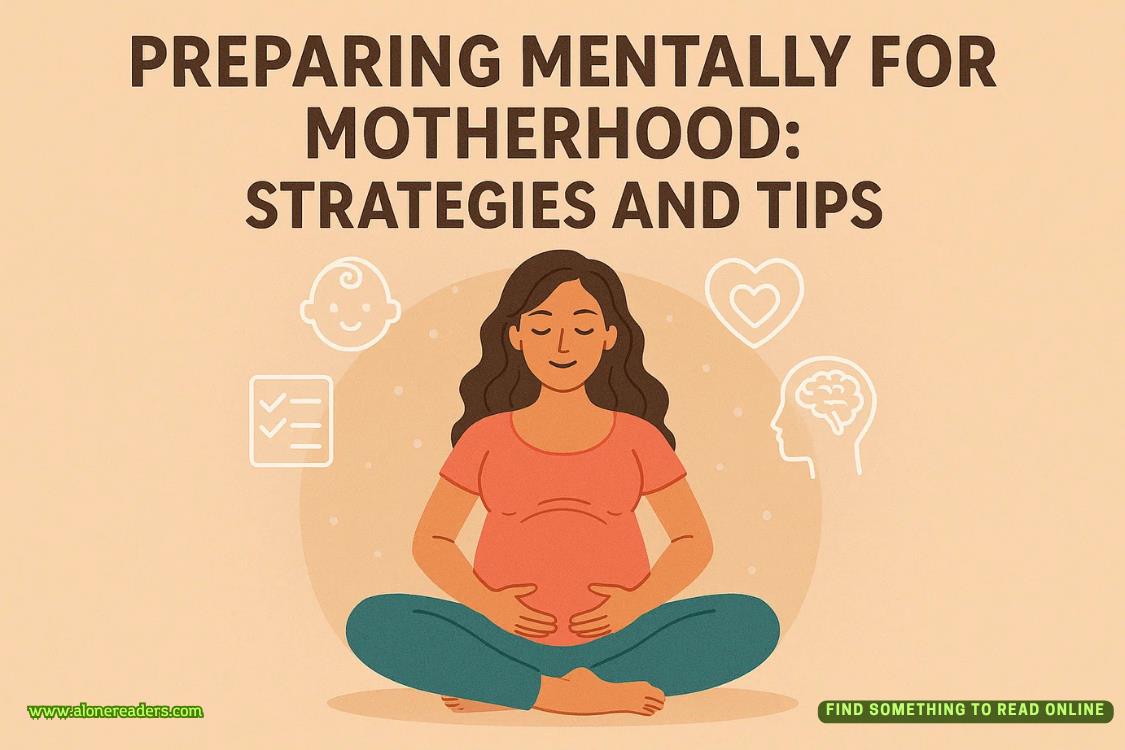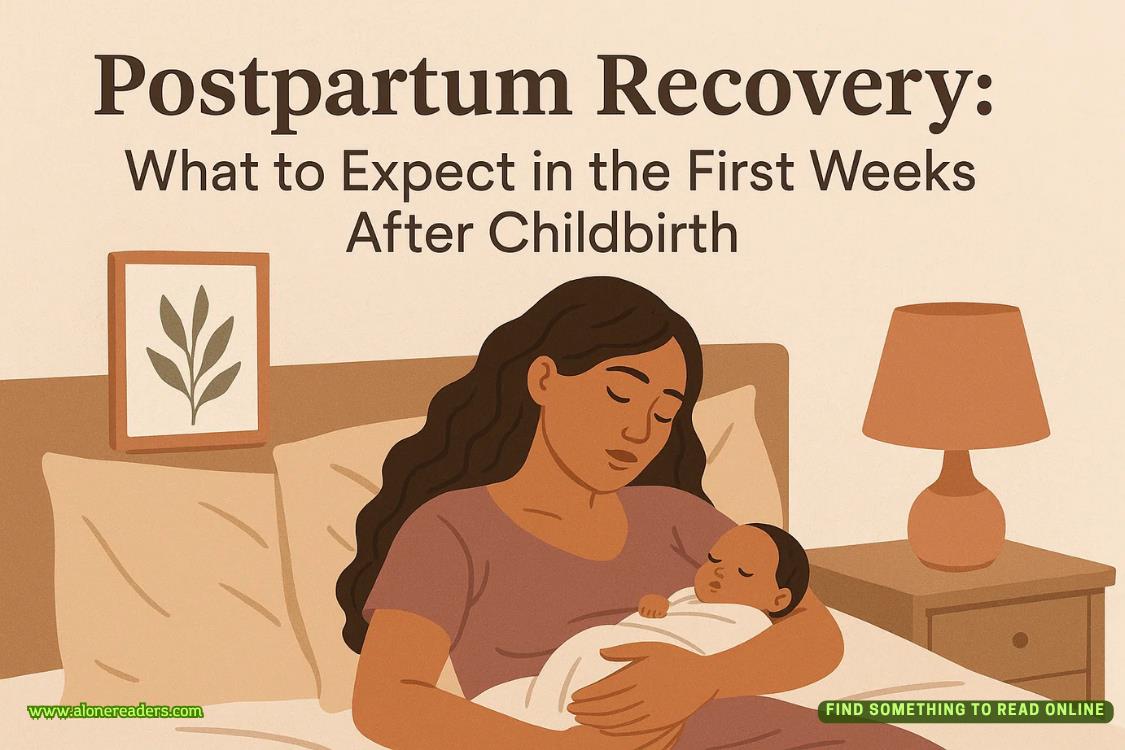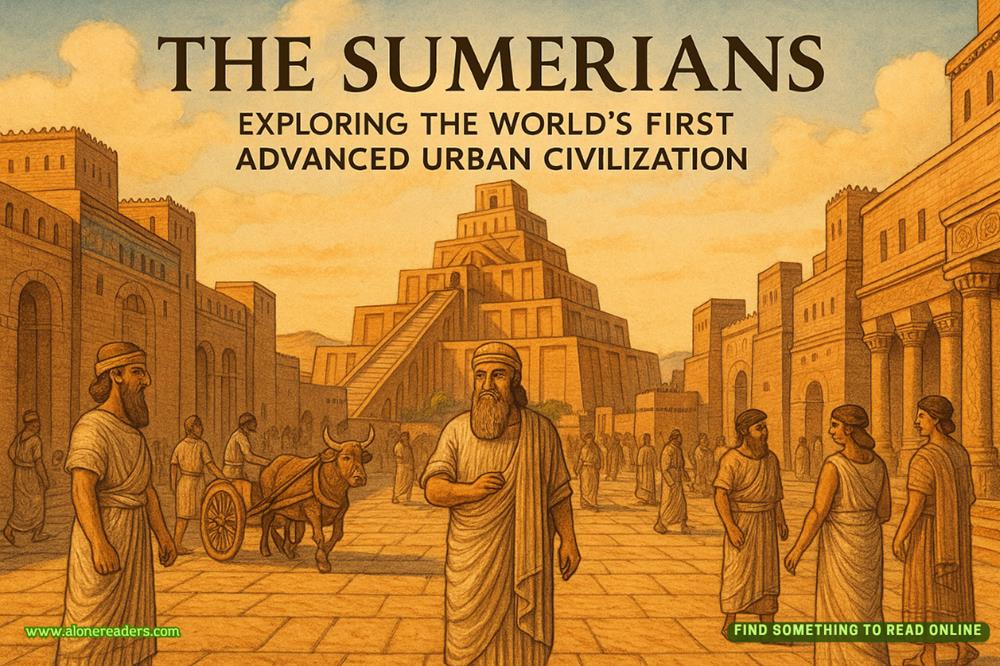Page 44 of Knot in Bloom
The focal arrangement looks lopsided no matter how I adjust it. The color balance is off in ways I can’t quite identify but definitely can’t ignore. Every time I step back to assess, something else jumps out as wrong. Too heavy on the left. Uneven height distribution. Clashing undertones that shouldn’t clash but somehow do.
My hands shake as I reach for another stem. The pressure of creating something magazine-worthy is unlike anything I’ve faced before. Even with all the help I’ve been getting, the final execution still comes down to me.
The bell chimes.
“We’re closed,” I call without looking up, my voice strained with barely controlled panic.
“It’s me.”
Levi’s voice cuts through my spiral. I turn to find him standing in the doorway with two coffee cups, concern creasing his features.
“Saw your lights on from across the street,” he explains, stepping inside. “Figured you’d be here early, working yourself into a panic.”
I probably look as frazzled as I feel. Hair escaping from yesterday’s ponytail, yesterday’s clothes because I never made it upstairs last night, dark circles under my eyes from stress and caffeine and approximately three hours of restless sleep.
“Sadie.” His voice carries the same tone he uses when recommending books to customers who’ve lost themselves in the wrong genre. Patient but determined to guide them somewhere better. “When did you last eat?”
“I don’t remember.” The admission comes out smaller than I intended.
He sets the coffee cups on my counter and moves toward me with deliberate calm. “What’s not working?”
“Everything.” I gesture helplessly at the arrangements scattered across my work space. “The photographer gets here in four hours, and I can’t make any of this look like it belongs in a magazine. The colors are wrong, the proportions are off, and I’m missing half the blooms I need because the supplier truck broke down yesterday.”
My scent spikes with stress—bitter honeysuckle, vanilla turning sharp—and I see Levi’s expression shift. Protective instincts kicking in.
“Show me what you’re trying to achieve.”
I walk him through my vision. Autumn elegance that speaks to Montana’s natural beauty without looking rustic or amateur.Sophisticated enough for national publication but authentic enough to represent genuine small-town artistry.
“The bones are right,” he says after studying my half-finished pieces. “But you’re overthinking the details.”
“I can’t afford to get details wrong. This isn’t Mrs. Woodbury’s weekly arrangement. This is?—”
“This is you doing what you’ve always done, just with higher stakes.” His hands settle on my shoulders, steadying. “You create beauty from chaos, Sadie. That’s your gift.”
The simple certainty in his voice cuts through some of my panic. But not enough.
“I’m still short on key blooms. The burgundy dahlias, the bronze chrysanthemums that tie everything together. Without those?—”
The bell chimes again. Then again.
Caleb and Reid arrive almost simultaneously, both moving with purpose like they’ve been coordinating this rescue mission. Which, knowing small towns, they probably have. Levi must have texted them while I was wrestling with color balance.
“Supply shortage?” Caleb asks, taking in my disaster zone with military efficiency.
“Truck breakdown,” I confirm. “The burgundy dahlias, bronze chrysanthemums—everything that ties the pieces together.”
Reid checks his watch. “Pine Valley wholesaler opens in thirty minutes. What exactly do you need?”
I rattle off specific varieties and quantities, watching Caleb take notes with the same focused attention he brought to fixing my roof.
“I can be there and back before eight-thirty if I leave now,” Caleb says, already reaching for his keys.
“My car’s more reliable,” Reid offers immediately. “And I can cover costs if they need cash up front.”
“I can pay for my own?—”
“Emergency flower runs sometimes require deposits,” Reid explains practically. “I have liquid funds available immediately.”















